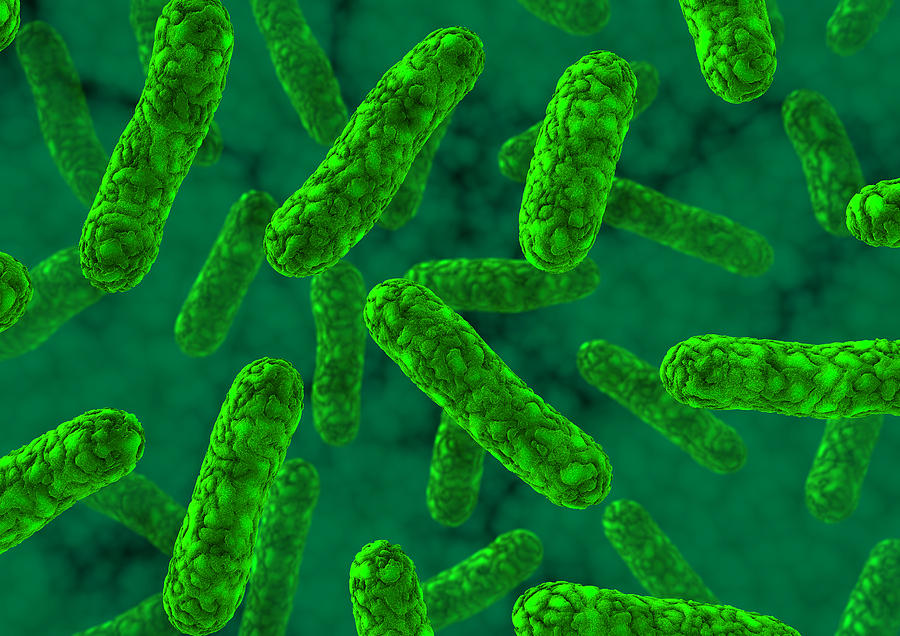Chapter 10: Viruses and Bacteria
1) Crystal shaped:
2) Sphere shaped:

3) Cylinder shaped:
4) Spacecraft shaped:
Bacteria Shapes:
1) Bacilli

2) Cocci

3) Spirilla

Brochure: Go here -> List of Diseases
Intro to Bacteria Video
Viruses ppt from jdrinks\
Bill Bye: Germs
Bacteria & Viruses Vocabulary
Prokaryote: organism that does not have a nucleus
2) Binary fission: reproduction in
which one single celled organism splits into two single celled organisms
3) Endospore: contains genetic
material and proteins covered by thick, protective coat
4) Eubacteria: bacterial kingdom
with more individuals than all other 5 kingdoms combined
5) Archaebacteria: bacterial kingdom
that consists of three main types: heat
lovers, salt lovers, and methane makers
6) Bioremediation- The biological treatment of hazardous waste by living organisms
7) Nitrogen fixation: process by which
nitrogen fixing bacteria take in nitrogen from the air and change it into a
form that plants can use
8) Antibiotics: medicine used to
kill bacteria and other microorganisms
9) Pathogenic bacteria: bacteria that causes disease
10) Spirilla: spiral shaped
bacteria with flagella at both ends
11) Cocci: spherical shaped bacteria
12) Bacilli: rod shaped bacteria
13) Virus: microscopic particle that gets
inside a cell and often destroys the cell
14) Host: organism from which a parasite
takes food or shelter
15) Crystal: shape of virus that
includes polio virus (multi-faceted)
16) Sphere: shape of virus that
include influenza virus (round)
17) Cylinder:
shape of
virus that include tobacco mosaic virus (long and round)
18) Spacecraft: shape of virus that
attacks only bacteria (also called bacteriophage)
19) Lytic cycle: reproductive cycle
of viruses in which viruses attack living cells and turn them into virus
factories
20) Lysogenic cycle: reproductive cycle
of viruses in which each new cell gets a copy of the virus’s genes but the
genes stay inactive for a long time



